Source: idw-online.de
Solar thermal power plants – whether parabolic trough or solar tower – are mostly constructed in desert areas with plenty of sun. In such places, soiling from sand and dust causes high uncertainties in the yield forecast and increased operating costs. In the “AVUSpro” project, the Fraunhofer Institute for Solar Energy Systems ISE, PSE Instruments GmbH, TSK Flagsol Engineering GmbH and Dornier Suntrace GmbH have developed a fully automatic device to measure soiling. The four partners have successfully tested the measurement device in a solar parabolic trough power plant in Kuwait.
The collected data can be used to optimize cleaning techniques and cycles to increase yield and minimize costs and water use.
With continually decreasing installation costs for solar thermal power plants, the operating costs, which include cleaning, are now moving into focus. For power plant operators, precise soiling monitoring is a prerequisite for improving the cleaning cycle. A good knowledge of soiling characteristics and rates are also already necessary for siting and qualifying a power plant project, since financing costs, yield reductions, and cleanup costs associated with uncertainties are critical to power plant economics.
“Soiling is a particular problem in concentrating power plants, since the scattering of solar radiation by dust particles leads to high yield losses,” explains Dr. Gregor Bern, group leader of Concentrating Collectors and Optics at Fraunhofer ISE. “With the globally unique AVUS measuring device, we have developed an instrument that automatically and cost-effectively measures the degree of soiling on a daily basis during plant operation.”
The measuring device is based on an automatic reflectometer, which measures the degree of soiling on a small mirror that is aligned to the parabolic troughs of the power plant. Over time this mirror becomes dusty due to environmental influences. Once every hour, a swivel arm automatically guides the mirror to a measurement aperture, which determines the reflectance using an optical measurement technique developed by Fraunhofer ISE. The measuring device itself contains a reference mirror which never becomes soiled. The overall system, including the mechanics and a data logger, was developed by PSE GmbH. “The aim was to create a completely autonomous measuring system with an online connection for data transmission, since solar thermal plants are typically installed over a large area in remote regions,” says Dipl.-Ing. Jan Steinmetz, head of the Test Equipment department at PSE Instruments GmbH.
Successful field test in Kuwait
Since November 2021, three prototypes of the device have been undergoing field tests at the Kuwait Institute for Scientific Research’s (KISR) Shagaya parabolic trough power plant in western Kuwait. The devices are installed at various locations within the 250-acre, 50-megawatt rated facility to detect local variations in pollution rates. Meteo service provider Dornier Suntrace GmbH, which is responsible for setting up and maintaining the stations, generates monthly reports from the automatically evaluated soiling data and weather data. “From the data collected, the soiling level of the plant can be read very precisely, for example, there is a high correlation with weather data such as sandstorms or rainfall”, explains Raul Granados from Dornier Suntrace GmbH.
“The processed data allows us as plant operators as well as the owner KISR to optimize cleaning cycles and thus reduce water use and operating costs”, emphasizes Sonia Martinez of TSK Flagsol.
Further research planned
In addition to long-term tests on the measuring device, the research team is planning an additional test in a solar tower power plant. The automatically obtained soiling data will be compared with manually measured soiling rates in an extensive measurement campaign.
Other research questions that the team would like to address are the analysis of contamination rates and their distribution in the field. The data will be used to optimize the cleaning cycles in order to reduce costs and operating expenditure and to increase the energy yield. First promising results show potential savings of up to 25% of cleaning costs and up to 19% of water consumption. The long-term plan is to commercialize the measurement device for the international solar market, for both solar thermal and photovoltaic power plants.

